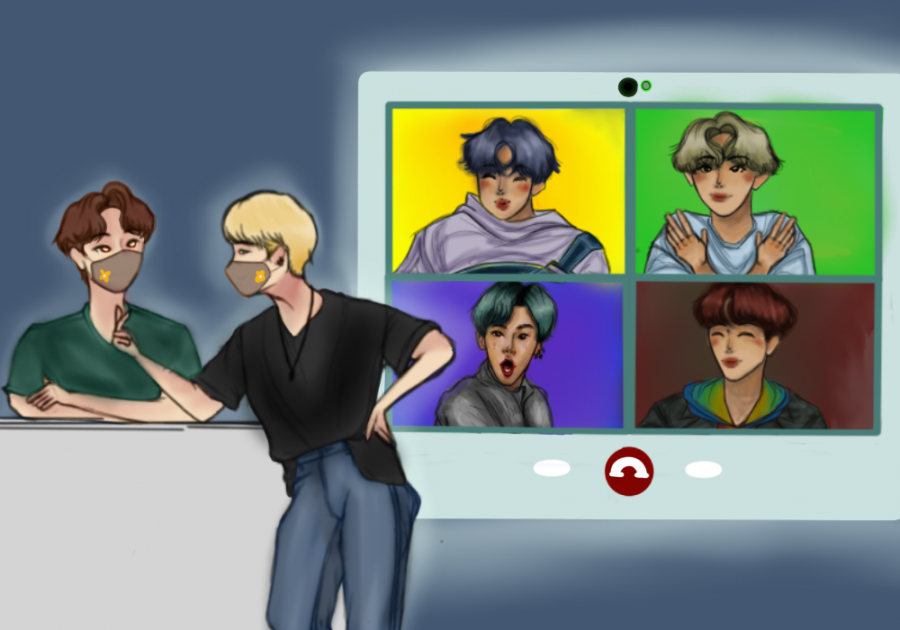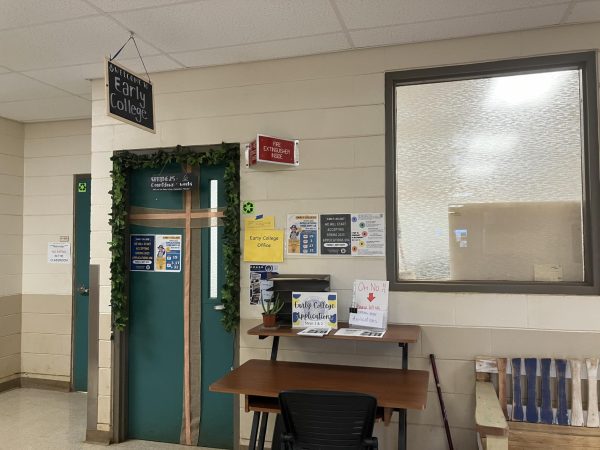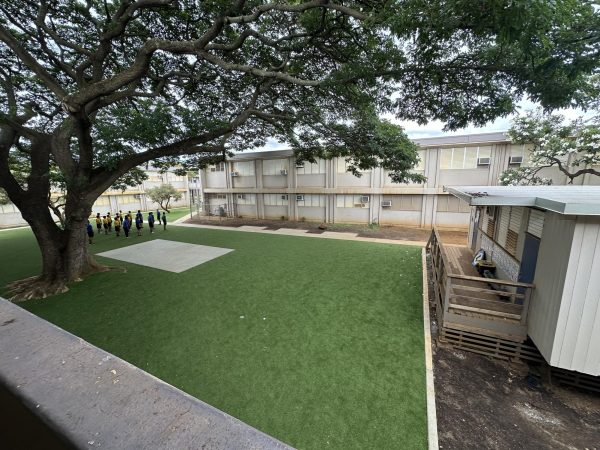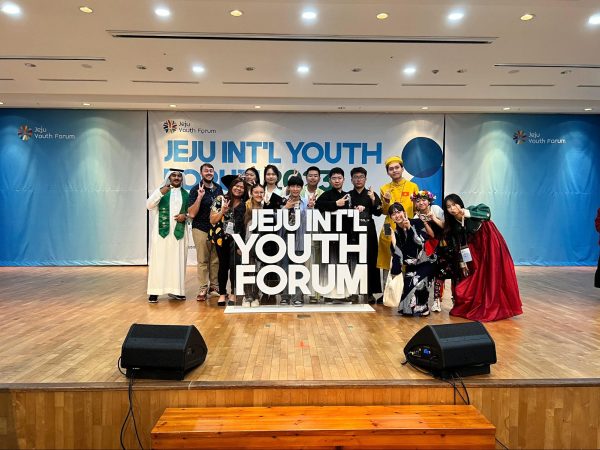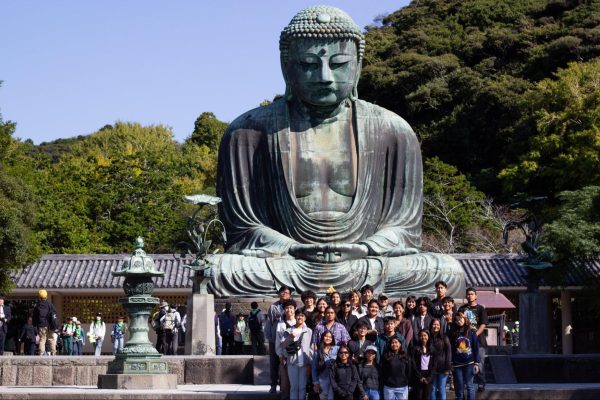WHS readjusts to in-person learning
As schools across Hawaii welcome back students after a year of virtual and hybrid learning, teachers and students alike have experienced both positive effects and challenges of readjusting to in-person learning.
Former DOE Superintendent Christina Kishimoto sent out a letter to all parents in May informing them that all public schools would be fully open for daily, in-person learning during the 2021-2022 school year. Gov. David Ige pushed for the return to in-person learning with student well-being in mind. In a news conference in August, Ige said, “In-person learning for most students is critical for academic and social success and overall well-being.”
Many teachers were excited for the new school year and the transition back to in-person learning. In-person learning presented the opportunity for one-on-one interaction that could develop bonds between students and teachers and allow teachers to assist students more easily.
But students have been in school for about two months, and some teachers have noticed students struggling to transition back to in-person learning after being distanced from others for so long.
Social studies teacher Trevor Lau said he has noticed that students tend to not talk or participate during lessons in favor of sitting silently and listening to him lecture. Lau’s expectations for this school year contrast with the reality of his classroom: “I thought it would be like pre-pandemic where there would be a lot of interaction, a lot of talking, joking, just a normal class. Right now, if I can get two or three students to speak, then I’d be happy.”
However, Lau recognizes that the transition to in-person learning is difficult because students participated in all-virtual learning for at least three quarters. “The students are just used to listening and doing work. They kind of lack that social interaction that we had before the pandemic. But I also think it could be caused by the slight fear of possibly catching or spreading COVID.”
English teacher Rachel Domingo remains optimistic that students will progressively interact as the school year continues.
“Nothing beats that personal connection of talking to someone face-to-face, ” Domingo says. “You can create breakout rooms virtually that simulate group work, but it’s not the same.” Domingo tries to facilitate interaction between students by having them talk to a partner, work in small groups, or share responses to their classmates.
Domingo has noticed a significant change in students’ behavior during in-person classes versus distance learning. She has noted that students are more focused and complete more of their work in person. Domingo feels that in-person classes are not only beneficial for students, but also for teachers as they can more easily ensure that students are on the right track with their work.
Domingo also says that she has seen more students socializing in and out of the classroom and feels that these connections are necessary and important for them.
Tamlyn Horiuchi (’22) concurs, saying that interaction between students benefits their education as well as their social well-being.
Horiuchi feels that interaction between students makes lessons more engaging to students: “I had hoped that students would resume their normal interaction with each other, which would make classes more entertaining and engaging.”
Horiuchi notes that there are still some similarities between students’ engagement in-person and online. “When we’re in-person, everyone is able to interact and make things more engaging,” she says. “However, in some classes it is the same because no one talks, the same way no one would unmute when we were online.” She guesses that this stems from the year in distance learning: people are not comfortable with each other, they do not want to participate, or they fear they might expose themselves to the virus.
Horiuchi also notes that events outside the classroom help students make connections with peers, grow their character, and improve their ability to work with others. She says that Arthur Awards provided this opportunity to “come together and get to know each other better and, therefore, work better together.”
Yet due to COVID restrictions, students are limited in the ways they interact. In classrooms, group work may not be as frequent, and events such as Arthur Awards have been postponed. While some students have already experienced many benefits of in-person learning, others may remain “strangers across the screen or behind the mask” for the time being, as Horiuchi says.
Kila Brown is a 12th grader in the Academy of Arts & Communication.

